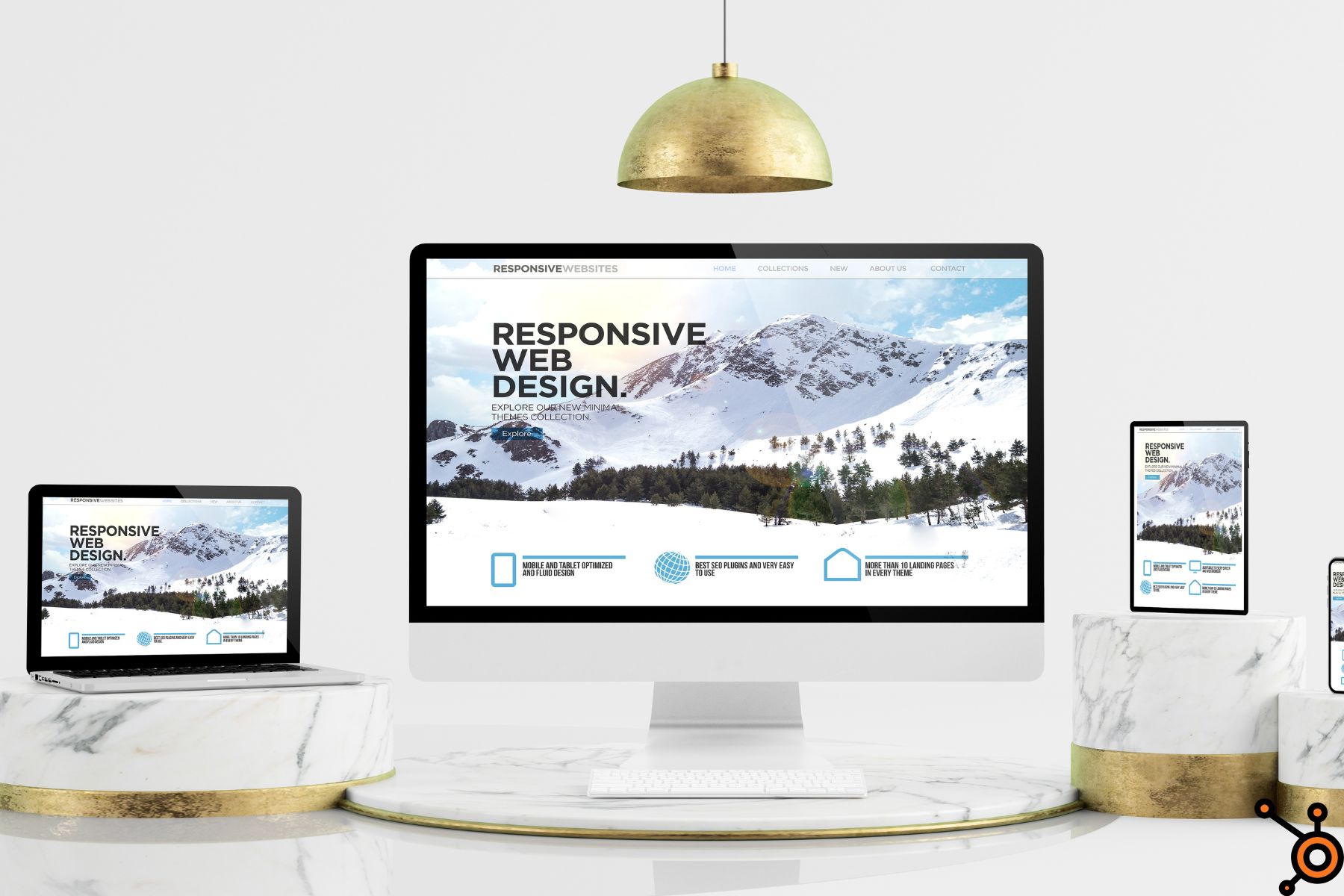If you’re running an online store on Shopify and using—or considering using—HubSpot to turbocharge your marketing, you’re probably asking: Does HubSpot integrate with Shopify?
Short answer? Yes, absolutely.
But the longer answer? There’s a lot more to it than just a simple yes or no.
And if you’re trying to decide between HubSpot vs Shopify, or wondering “does HubSpot work with Shopify out of the box?“ or “can HubSpot integrate with Shopify in a way that actually helps me grow?“—then you’re in the right place.
As someone who spent over a decade helping businesses integrate HubSpot with e-commerce platforms like Shopify, let me walk you through everything you need to know—minus the fluff and technical jargon.
Why Even Connect HubSpot and Shopify?
Shopify is an incredible e-commerce platform.
Its fast, user-friendly, secure, and packed with features for managing your storefront, inventory, orders, and payments.
But where Shopify shines at store management, HubSpot shines at inbound marketing, CRM, automation, and customer retention.
Integrating the two can:
-
Sync customer and order data into HubSpot CRM
-
Trigger automated marketing emails based on customer behavior
-
Personalize campaigns using purchase history
-
Create smart lists and workflows for abandoned carts, loyal customers, and VIPs
-
Measure ROI by tying marketing efforts to actual revenue
So yes—HubSpot not only integrates but does so in a way that can completely transform how you do marketing and sales.
How Does HubSpot Integrate with Shopify?

Here’s the good news: HubSpot offers a native integration.
You can install the HubSpot integration directly from the HubSpot App Marketplace or via the Shopify App Store.
Once connected, you can:
-
Automatically sync customers, products, and orders from Shopify into HubSpot
-
Use pre-built e-commerce dashboards in HubSpot to track revenue performance
-
Set up e-commerce automations like welcome emails, post-purchase follow-ups, or abandoned cart reminders
-
Leverage contact segmentation and behavioral triggers
And if you’re on HubSpot Marketing Hub or Sales Hub (even on the free tier), you can start seeing value almost immediately.
What Exactly Gets Synced?
Let’s break this down:
-
Customers → HubSpot Contacts
Every time someone places an order on Shopify, HubSpot creates a new contact (or updates an existing one).
-
Orders → Deals
Each purchase is logged as a “deal” in HubSpot’s CRM, so you can track revenue and buyer behavior.
-
Products → Product Library
All your Shopify products get synced to HubSpot, allowing for personalized recommendations and email marketing.
-
Abandoned Carts → Workflow Triggers
You can set up automations based on abandoned cart events. Think: “Send 10% off coupon if user doesn’t return within 24 hours.”
Can HubSpot Integrate with Shopify in Advanced Ways?

Absolutely. If you want to go beyond the native integration, there are multiple advanced options available.
Here are a few:
1. Custom Shopify Apps with HubSpot SDK
For Shopify Plus users or those with complex needs, you can build custom Shopify apps that talk directly to HubSpot using their SDK.
2. Custom APIs
Want to sync custom fields, run logic based on user segments, or enrich data from third-party sources? HubSpot and Shopify both offer open APIs. If you’re tech-savvy (or have a dev on your team), the sky is the limit.
3. n8n, Zapier, Make (Integromat)
These no-code/low-code automation tools can bridge the gap between Shopify and HubSpot for use cases like:
-
Triggering HubSpot workflows when specific Shopify tags are added
-
Syncing refunds or cancellations
-
Sending transactional emails via HubSpot for Shopify events
HubSpot vs Shopify – Who Does What?
This is a common point of confusion, so let me clarify:
| Feature |
Shopify |
HubSpot |
| Online Storefront |
✅ |
❌ |
| Product Inventory |
✅ |
❌ |
| Payment Processing |
✅ |
❌ |
| CRM & Contact Management |
❌ |
✅ |
| Marketing Automation |
❌ |
✅ |
| Email Campaigns |
✅ (Basic) |
✅ (Advanced) |
| Reporting & Attribution |
Basic |
Advanced |
So if you’re comparing HubSpot vs Shopify, it’s not about choosing one over the other. They’re designed to complement each other.
Use Shopify to sell, and HubSpot to market, automate, and retain.
Real-Life Example: How a DTC Brand Scaled with This Integration
One of my clients—a growing DTC skincare brand—was running everything on Shopify. Great store, loyal customers, steady sales.
But they were missing opportunities:
-
No post-purchase nurture sequence
-
No re-engagement campaigns
-
Zero insights into which email campaign led to which sale
We integrated their Shopify store with HubSpot.
Within 60 days, they had:
-
A multi-step abandoned cart workflow (20% recovery rate)
-
Automated thank-you emails and reviews requests
-
Segmented lists for repeat vs one-time buyers
-
UTM tracking and deal reporting inside HubSpot
Result? A 32% increase in revenue from email campaigns alone.
So yeah—does HubSpot work with Shopify? It does. And it works well.
What About Pricing?
Let’s be real. You’re probably wondering, “This sounds amazing—but how much is it gonna cost me?”
-
The native HubSpot integration is free to install.
-
HubSpot itself has a free CRM and free marketing tools.
-
For more advanced features—automation, A/B testing, reporting—you’ll need a Marketing Hub Starter, Professional, or Enterprise plan.
If you’re just starting out, the free or Starter tier might be enough.
Final Thoughts: Is It Worth It?
Let’s circle back to the big question: Does HubSpot integrate with Shopify?
✅ Yes.
✅ It’s easy to set up.
✅ It can grow with your business.
✅ It will help you sell smarter, not harder.
If you’re serious about scaling your store, owning your customer data, and creating automated experiences that drive sales—integrating HubSpot is a no-brainer.
Whether you’re a solopreneur or managing a multi-brand empire, the power combo of Shopify storefront and HubSpot CRM and automation tools will give you the edge.
Relevant Guides
HubSpot Marketing Email SPF And DMARC
What is the difference between Foleon and HubSpot
What is a COS in HubSpot
How to Merge Contact in HubSpot
How to Embed HubSpot Form in WordPress
Is HubSpot Worth it
Grandstream Wave App HubSpot Integration
Where is Design Manager in HubSpot
 HubSpot Consulting Needs
HubSpot Consulting Needs  Custom Automation Plan
Custom Automation Plan 







